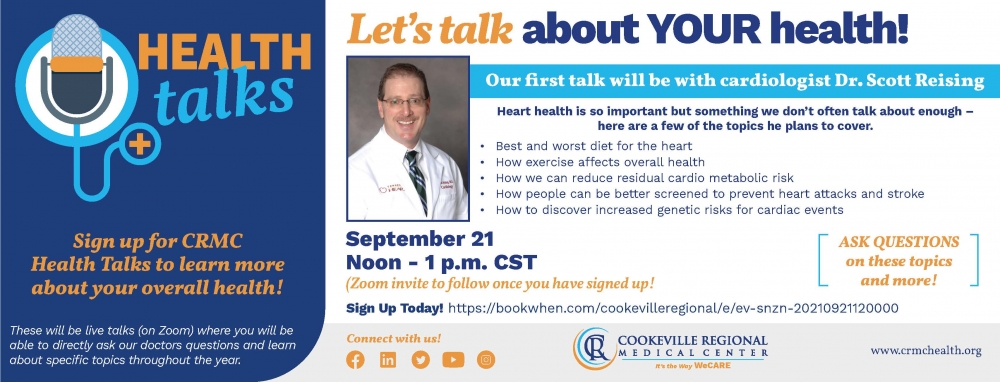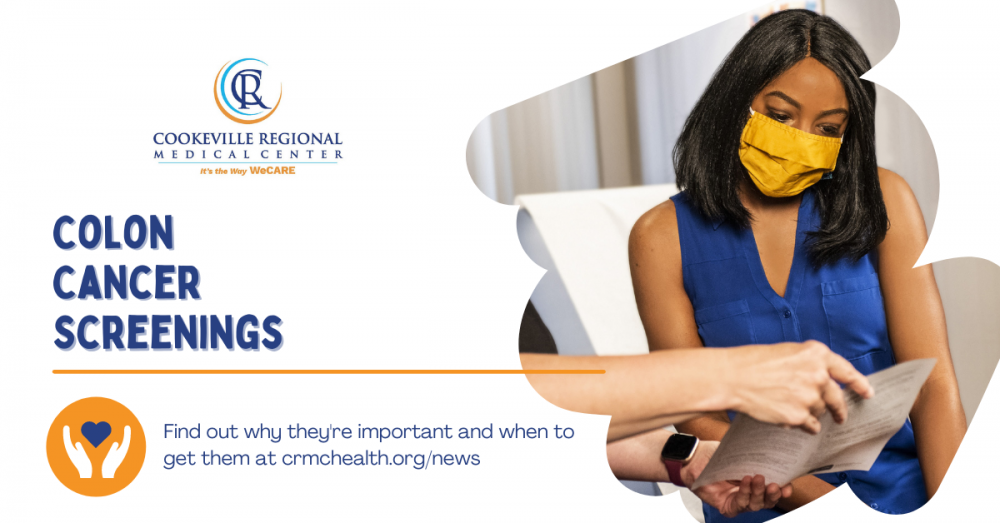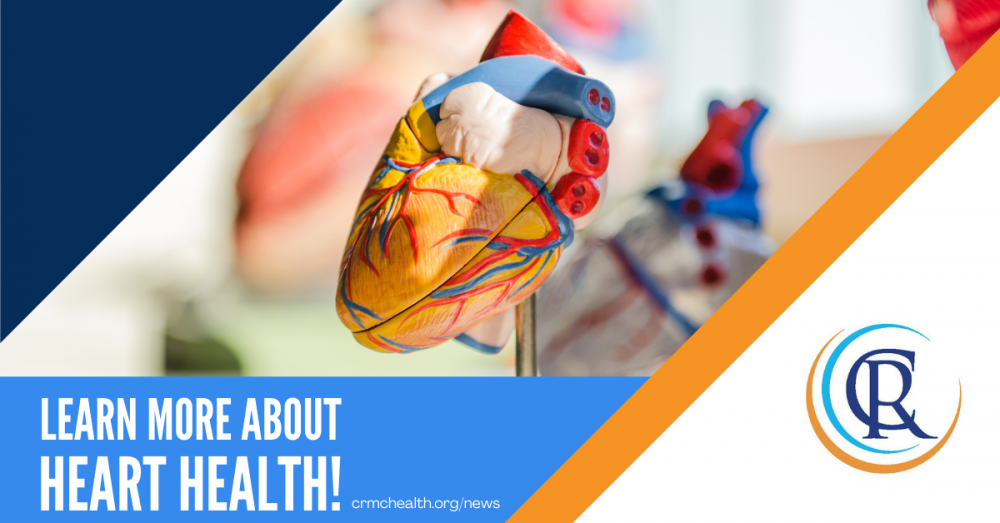Lifestyle
The silent killer
Carbon monoxide. It’s often referred to as the silent killer. It’s odorless, tasteless and deadly.
It’s a common industrial hazard resulting from incomplete burning of material containing carbon such as natural gas, gasoline, kerosene, oil, propane, coal or wood. One of the most common sources of exposure in the workplace is the internal combustion engine.
It’s harmful when breathed in between it displaces oxygen in the blood and deprives the heart, brain and other vital organs of oxygen. Large amounts of CO can overcome you in minutes without warning causing you to suffocate and lose consciousness.
Symptoms include tightness across the chest, headache, fatigue, dizziness, drowsiness, or nausea. Sudden chest pain may occur. During prolonged or high exposures, symptoms may worsen and include vomiting, confusion and collapse in addition to loss of consciousness and muscle weakness.
Symptoms vary from person to person. It may occur sooner in those most susceptible, such as young children, the elderly, people with lung or heart disease, people at high altitudes, or those who already have elevated carbon monoxide levels, such as smokers.
If you suspect carbon monoxide poisoning, move the victim to fresh air in an open area. Call 911 and get medication assistance. Administer 100 percent oxygen using a tightfitting mask if the victim is breathing.
If the victim has stopped breathing, administer CPR.
You may be exposed to harmful levels of CO in boiler rooms, warehouses, petroleum refineries, pulp and paper production, and steel production; around docks, blast furnaces, or coke ovens; or in one of the following occupations:
Welder
Garage mechanic
Firefighter
Carbon-black maker
Organic chemical synthesizer
Metal oxide reducer
Longshore worker
Diesel engine operator
Forklift operator
Marine terminal worker
Toll booth or tunnel attendant
Customs inspector
Police officer
Taxi driver


